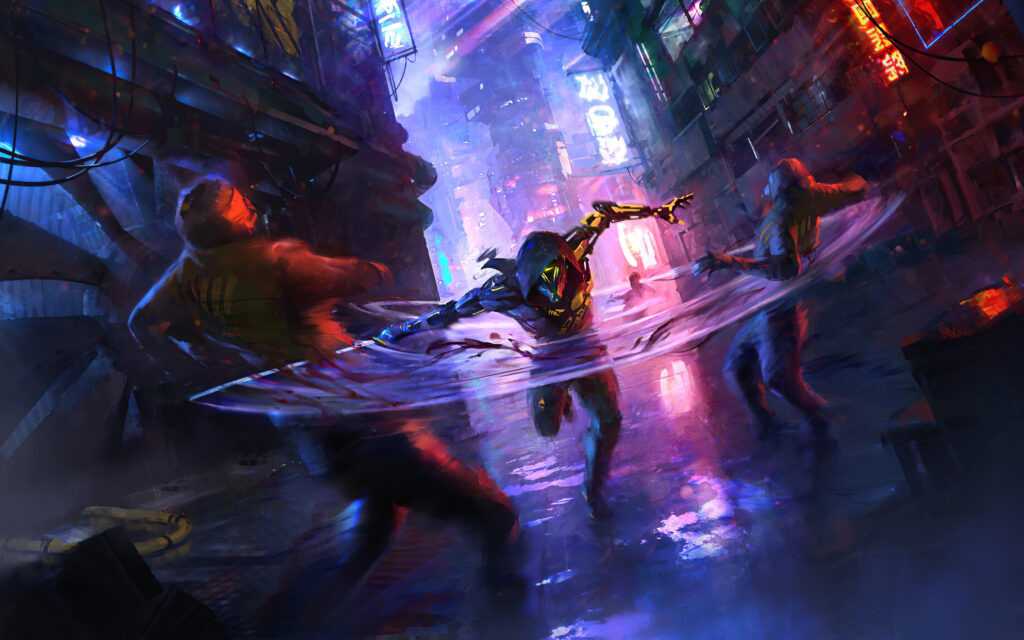The Museum of Modern Art (MoMA) in New York is famous for its vast collection of art. Over the years, MoMA has included not just paintings and sculptures but also video games in its collection. These games are recognized for their design, creativity, and cultural impact. Among these games, one classic computer game in MoMA’s Video Game Collection stands out for its influence and popularity.
The Importance of Video Games in Art
Video games have evolved significantly since their inception. Initially seen as mere entertainment, they are now appreciated for their artistic value. Video games combine visual art, music, storytelling, and interactivity, creating a unique form of art. By including video games in its collection, MoMA acknowledges their importance in contemporary culture.

The Classic Game: Pac-Man
One of the most iconic games in MoMA’s collection is Pac-Man. Released in 1980 by Namco, Pac-Man became a global phenomenon. Its simple yet addictive gameplay, bright colors, and memorable character made it a beloved classic. Players guide Pac-Man through a maze, eating pellets while avoiding ghosts. The game’s design and mechanics have influenced countless other games.
Why Pac-Man is Special
Pac-Man stands out for several reasons:
- Innovative Design: Unlike many games of its time, Pac-Man did not focus on violence. Instead, it offered a fun, non-violent experience.
- Appeal to a Broad Audience: Pac-Man’s simple controls and charming design attracted both casual and hardcore gamers, as well as players of all ages and genders.
- Cultural Impact: Pac-Man became a cultural icon, inspiring merchandise, TV shows, and even music.
MoMA’s Criteria for Selection
MoMA selects video games based on several criteria:
- Aesthetic Quality: Games must have a strong visual and sound design.
- Historical Significance: Games that have influenced the industry or popular culture are prioritized.
- Creativity and Innovation: Games that introduce new ideas or mechanics are highly valued.
Pac-Man meets all these criteria, making it a perfect addition to MoMA’s collection.
Other Notable Games in MoMA’s Collection
While Pac-Man is a standout, MoMA’s video game collection includes other significant titles:
- Tetris: Known for its simple yet challenging gameplay.
- The Sims: A life simulation game that allows players to create and control virtual people.
- Myst: An adventure game famous for its immersive world and storytelling.

The Future of Video Games in Art
As technology advances, video games will continue to evolve and push artistic boundaries. MoMA’s inclusion of video games in its collection is a testament to their importance in modern culture. Future games may explore new themes, offer even more interactive experiences, and blur the lines between different forms of art.
What Are MoMA Video Games?
The Museum of Modern Art (MoMA) in New York City is renowned for its vast and diverse collection of modern and contemporary art. In addition to traditional forms of art like paintings, sculptures, and photographs, MoMA has recognized the cultural and artistic significance of video games by including them in its collection.

Why Include Video Games?
Video games are more than just entertainment; they are a blend of visual art, music, storytelling, and interactivity. They require a high level of creativity and design, making them a unique and important form of contemporary art. By including video games in its collection, MoMA acknowledges its role in shaping modern culture and its influence on various aspects of art and design.
Selection Criteria
MoMA selects video games based on several key criteria:
- Aesthetic Quality: The visual and sound design of the game must be exceptional.
- Historical Significance: The game should have made a significant impact on the gaming industry or popular culture.
- Creativity and Innovation: The game should introduce new ideas or mechanics that have influenced the development of other games.
Examples of MoMA Video Games
MoMA’s video game collection includes several iconic titles that have shaped the history of gaming. Some of these games are:
- Pac-Man (1980): Known for its simple yet addictive gameplay, Pac-Man became a global phenomenon and an enduring cultural icon.
- Tetris (1984): Famous for its easy-to-learn, hard-to-master gameplay, Tetris is one of the best puzzle games of all time.
- The Sims (2000): A life simulation game that allows players to create and control virtual people, influencing a wide range of simulation games.
- Myst (1993): An adventure game known for its immersive world and intricate puzzles, Myst set new standards for storytelling in games.
Impact on Perception
MoMA’s inclusion of video games helps to elevate them from mere entertainment to respected forms of art. This recognition encourages a broader appreciation of video games and highlights their role in contemporary culture. It also underscores the creativity, innovation, and artistry involved in game design.
By showcasing video games, MoMA provides a platform for these digital works to be appreciated and studied alongside more traditional forms of art, fostering a greater understanding of their impact on modern society.
What is the oldest computer game in the world?
The oldest computer game widely recognized is “Spacewar!”, created in 1962. This game marked the beginning of video gaming as we know it and laid the groundwork for the development of the gaming industry.
Creation and Developers
“Spacewar!” was developed by Steve Russell, Martin Graetz, and Wayne Wiitanen, a group of MIT students. They designed the game on the PDP-1, a pioneering computer produced by Digital Equipment Corporation (DEC). The PDP-1 was a significant piece of technology at the time, known for its relatively small size and interactive capabilities.
Gameplay and Features
“Spacewar!” was a two-player game featuring dueling spaceships, each controlled by a player. The goal was to destroy the opponent’s ship while navigating the gravitational pull of a central star. Key features included:
- Realistic Physics: The game incorporated gravitational forces, adding a layer of complexity and realism.
- Multiplayer Mode: It was designed for two players, promoting competitive play.
- Strategic Elements: Players had to manage limited fuel and torpedoes, adding strategy to the gameplay.
Impact and Legacy
“Spacewar!” had a profound impact on the future of gaming:
- Innovation: It demonstrated that computers could be used for interactive entertainment, not just computation.
- Inspiration: The game inspired many future game developers and led to the creation of arcade games and home video game consoles.
- Cultural Significance: “Spacewar!” is often celebrated in exhibitions about the history of computing and video games, underscoring its importance in technological and cultural history.
FAQs about Classic Computer Game in MoMA’s Video Game Collection
1. Why does MoMA include video games in its collection?
MoMA includes video games to recognize their artistic and cultural value, showcasing them as a unique form of contemporary art.
2. What makes Pac-Man special in MoMA’s collection?
Pac-Man stands out for its innovative design, broad appeal, and cultural impact, becoming a global phenomenon since its release in 1980.
3. How does MoMA select video games for its collection?
MoMA selects games based on aesthetic quality, historical significance, and creativity, ensuring they represent the best in the medium.
4. What other classic games are part of MoMA’s collection?
Other notable games include Tetris, The Sims, and Myst, all known for their unique gameplay and cultural impact.
5. How does MoMA’s inclusion of video games influence perceptions of gaming?
MoMA’s inclusion elevates video games from mere entertainment to respected art, highlighting their creativity and cultural importance.
Conclusion
The classic computer game in MoMA’s video game collection represents a significant step in recognizing video games as an art form. Pac-Man, with its innovative design and cultural impact, stands out as a prime example. As video games continue to grow and evolve, their place in art museums like MoMA will only become more solidified, highlighting their importance in contemporary culture.
Read more:



